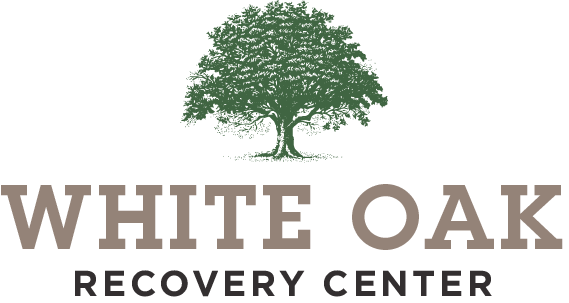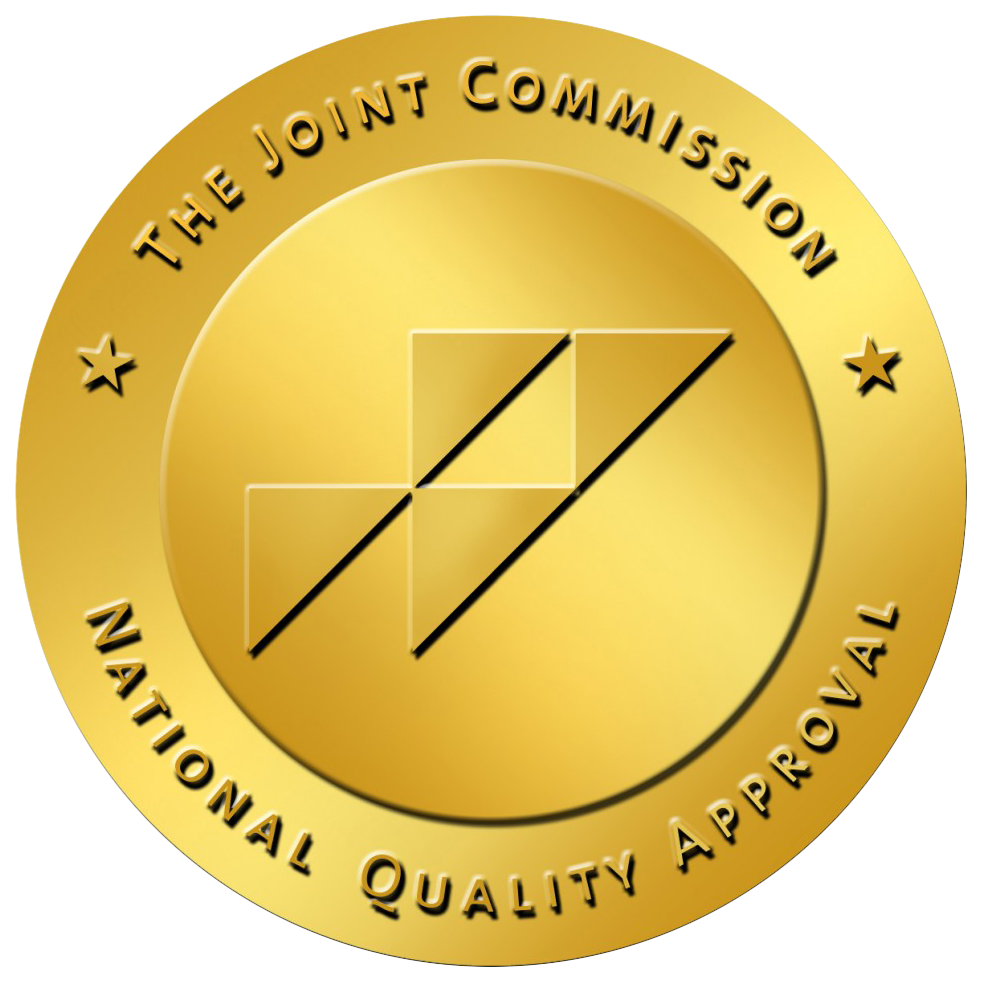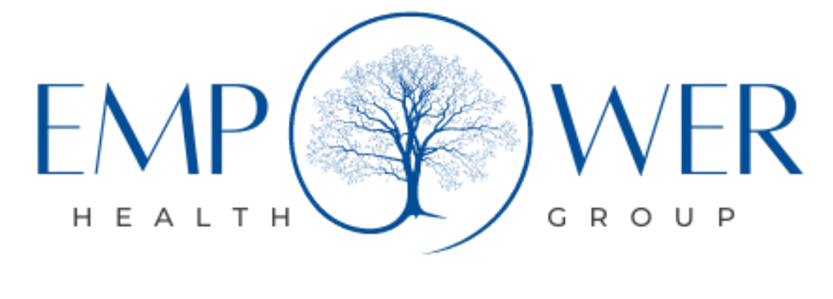Partial Hospitalization Program

A partial hospitalization program at White Oak Recovery Center offers flexibility for people who do not require 24/7 care but still require more support than the traditional outpatient programs provide. PHP is an integrated form of treatment for people with substance use or mental health disorders who need a higher level of care than outpatient treatment. It offers treatment and allows patients to go home after they are done. Consequently, PHP is like a middle ground between inpatient rehabilitation and outpatient services. Individuals receiving PHP can stabilize, manage coping skills, and shift seamlessly into long-term recovery.
Looking for a middle ground between complete inpatient hospitalization and outpatient care? Our Partial Hospitalization Program is best for you. Get in touch at Call Now
What Is a Partial Hospitalization Program (PHP)?
What to Expect in White Oak Recovery Center’s Partial Hospitalization Program Near You
We Offer:
- Dual Diagnosis
- Medical Detox
- Ongoing Medical Care
- Mental Health Services
- Medication Management
- Individual and group therapy
- Family therapy
- Educational groups
- Occupational and recreational therapies
PHP Treatment Objectives for Drug and Alcohol Addiction
PHP addresses addiction and helps patients who suffer from it through a variety of therapies, medical care, and tailored treatment plans. The following are the main objectives of a successful PHP treatment :
- To achieve abstinence
- Behavior change as a treatment for sobriety
- Teaching coping and problem-solving skills
- Community support systems are encouraged.
- Addressing Psychosocial Issues
- Developing a positive social network
- Counseling as a treatment for underlying issues
- Stress management as a treatment for prevention
Unlike inpatient rehab, a Partial Hospitalization Program Near You will allow the patients to continue with work, school, or family obligations while receiving treatment. Those recovering from detox or residential care are able to step into PHP seamlessly.
What We Treat in Addiction Under Partial Care (Partial Hospitalization Program)?
Children, adolescents, and adults struggling with co-occurring disorders will find PHP for treatment helpful as it is intensive yet flexible. At White Oak Recovery Center, we treat the following:
Alcohol Use Disorder (AUD)
Drug Addiction
Prescription Drug Dependency
Depression and other mood disorders
Bipolar disorder
Schizophrenia and other serious persistent mental illnesses (SPMIs)
Post-traumatic stress disorder (PTSD)
Obsessive-compulsive disorder (OCD)
Anxiety disorders
Substance use disorder
Eating disorders
Complex medical and mental health conditions
Do You Need Urgent PHP? A Checklist!
If you say yes to 5 or more of these statements, you need to visit a Partial Hospitalization Program Near You today! For further assistance, get in touch with our licensed addiction specialists at Call now!
1) Are you having trouble performing easy day-to-day tasks due to your addiction?
2) Did you complete a residential program but find it hard to cope with cravings?
3) Are you struggling to manage your addiction on your own?
4) Do you feel overwhelmed by constant triggers and cravings?
5) Have you tried outpatient care but need more structured support?
6) Are you ready to take the next step in your recovery journey?
7) Are you seeking a flexible treatment option that fits your schedule?
8) Are you a former drug addict and feel like you are at risk for a relapse?
9) Do you feel like you can not fit residential forms of treatment in your life?
10) Are you looking for a less expensive form of addiction treatment than Inpatient treatment?
White Oak Recovery Center Partial Care (Partial Hospitalization Program): Why Choose Us?
You should choose us because we:
- Offer access to experienced treatment professionals who can offer guidance
- Help you to cope with triggers
- Provide support to help you manage emotions and untimely severe craving
- Help you to identify strengths and weaknesses in recovery strategies
- Create relapse prevention plans to cope with daily stressors

Frequently Asked Questions About the Intensive Outpatient Program (IOP)
Here are some of the top Frequently Asked Questions About Partial Care (Partial Hospitalization Program).
What Can You Expect From a PHP Program Near You?
You will receive structured therapy, counseling, and support in a PHP program near you. Individuals get to work on overcoming addiction while still being able to go to the comfort of their own home each day.
How Long Does PHP Usually Last?
PHP typically lasts 3 to 5 days a week for about 3 to 6 weeks. The exact length may depend on each individual’s progress, severity of addiction, and needs.
What Is the Difference Between Inpatient and Partial Care?
Inpatient care requires a full-time stay at the facility. In contrast, partial care allows patients to live at home. PHP offers intensive treatment without 24/7 supervision.








